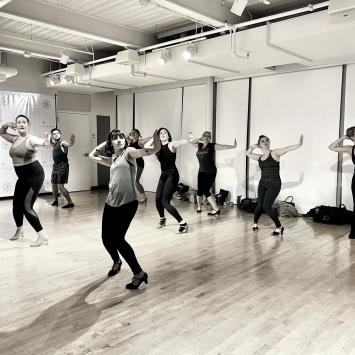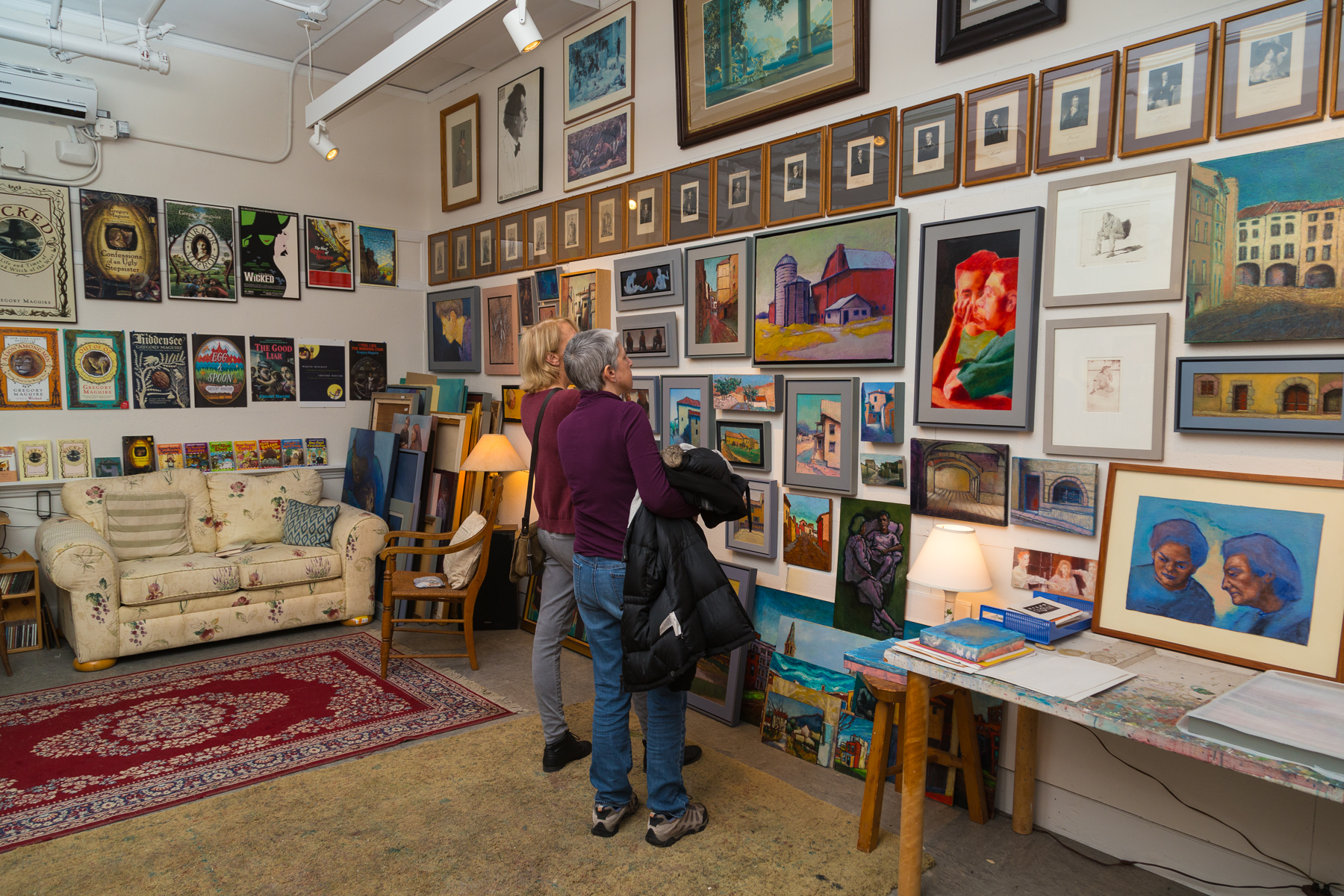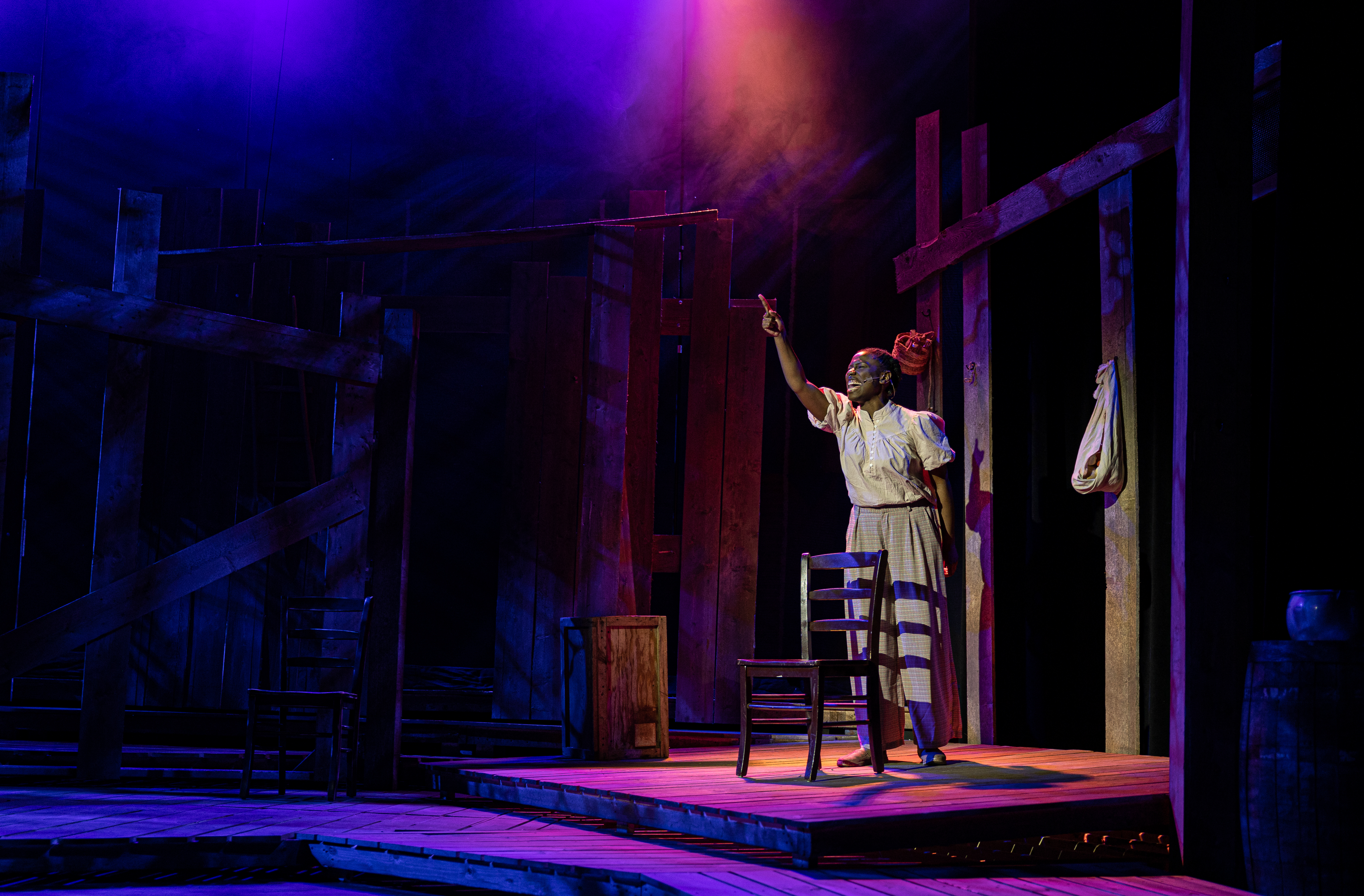You Can’t Quarantine Creativity!
August 19, 2020 by Rachel Olson

Dance Lessons Continue
By Wendy Loveland
Julia Deter teaches tap and musical theater dance classes at The Umbrella to students who’ve been with her for years. This familiarity hit a hiccup when COVID-19 arrived. Suddenly, the classes stopped, and started again, this time online via Zoom.
Dance, transposed to Zoom, brought with it some challenges. Most concerned sensory input, and aspects of studio space that both instructors and students take for granted. Others concerned the technology.
At the beginning of each class, Julia raises her left hand and ask students to do the same. She utilizes a mirroring function on Zoom to ensure that her left is the students’ left. Julia also experimented with lighting as Zoom tends to make things darker. She has film studio lights overhead and to the side of her so students can clearly see her.
One of the sensory challenges was sight. A dance studio has mirrors. Mirrors provide real-time feedback to performers and instructors. “I depend on mirrors to see my students and give feedback,” says Julia. “Their bodies are their instrument. I can tell by looking if someone is ‘out of tune’. On Zoom, I can’t see them, and all they see is my back!”
Sound is another sensory input that gets lost on Zoom. Everyone comes on muted, to eliminate echoes and other disruptive feedback. “I cannot hear their tap sound. Or any sound. I am dancing by myself, knowing my students are watching and dancing but hearing nothing but my own feet,” says Julia. “It was strange at first.”
Then there is the floor. Yes, even the concept of a floor changes on Zoom. Tap dancers need to have a certain kind of floor. A musical theater dancer uses a large swath of floor to practice new combinations and across-the-floor choreography.
COVID-19 brought with it the need to use these dancers’ creativity in a different way. In lieu of sight and sound, Julia says she turns around often, squinting into the screen of squares, asking everyone how they are doing. Individuals also can unmute themselves to ask questions.
There are challenges for the students as well. “I couldn’t use my tap shoes because I have neighbors downstairs,” says student Nicole O'Keeffe. “So, I used my jazz shoes for tap lessons.” Other students bought a piece of plywood, or more expensive portable tap dance flooring, as tap shoes will wear out a hardwood floor.
Julia took out across-the-floor routines for Zoom classes. Students focus on form and “in place” routines.
“There was a silver lining in not doing across-the-floor choreography,” says Nicole, “I found that I learned to balance myself better. I could also hear myself.” Often a tapping class can be so loud, students can’t hear themselves tap.
“We were committed to making it work on Zoom,” says Julia, “and we are! Most of us have to dance. It has been great to have this technology to enable classes. We all got used to it more quickly than we thought we would.”
According to Nicole, “It is great to feel this freeing, creative outlet when we are so confined by COVID-19. I love it. I have no performances scheduled, but I dance because I love dancing. I also love the community we still have, albeit on Zoom. At the beginning and end of Zoom classes, we talk to each other just like we did in class. I didn’t realize how much I missed that, even though we moved online pretty quickly.”
It takes a team approach, but with technology, collaboration and a twist of the imagination, dance classes are alive and well at The Umbrella.
For adult Performing Arts classes at The Umbrella, see TheUmbrellaArts.org/Adult-Classes






